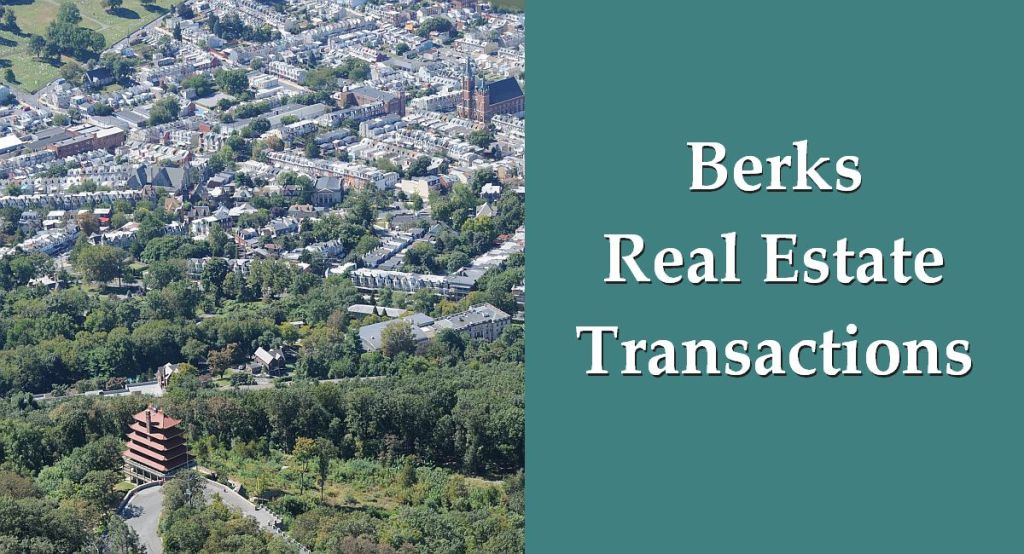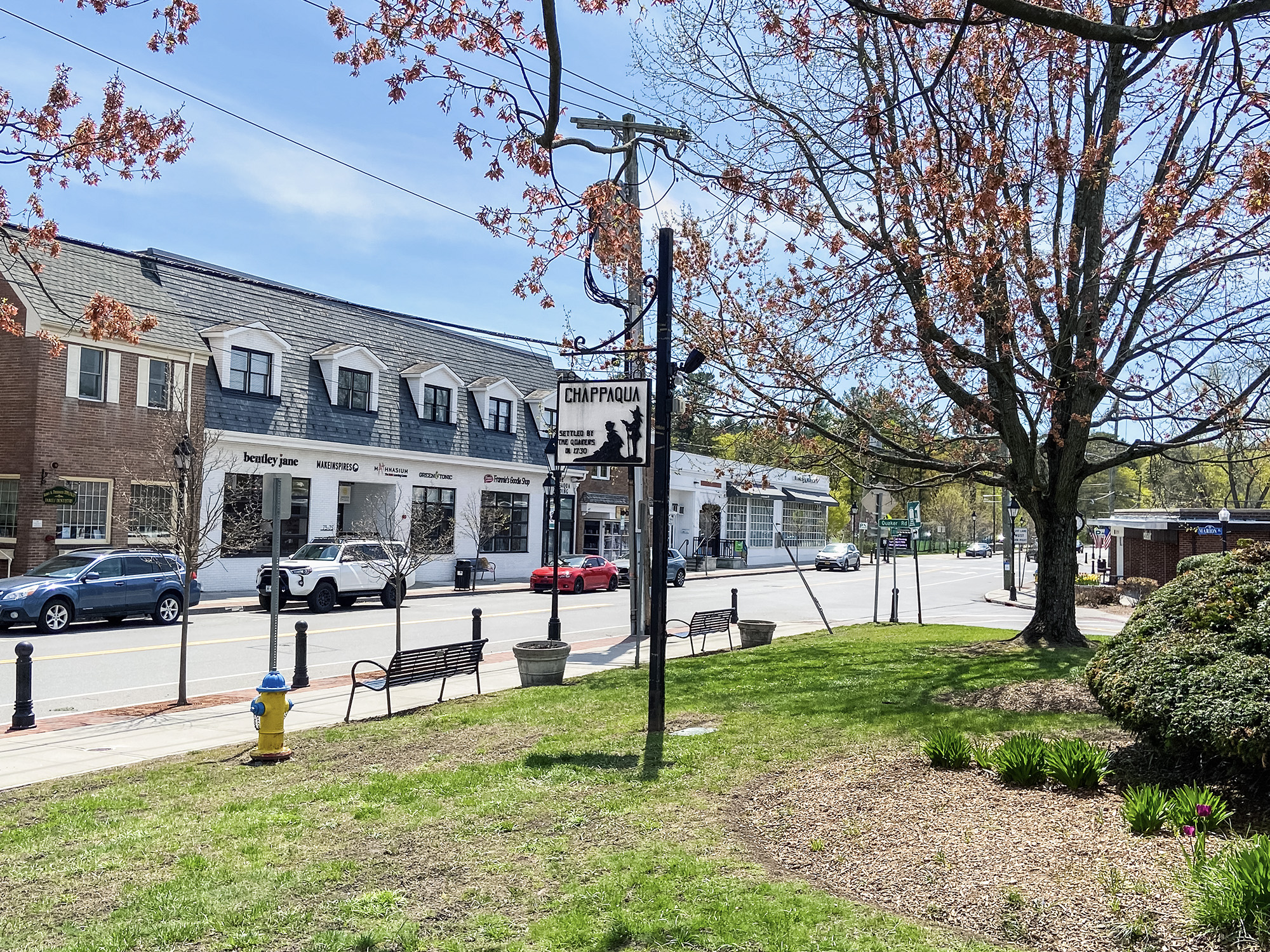M
edian asking rent in the 50 largest U.S. metros fell to $1,713 in August, a 2.6 % drop from three years ago, yet it remains $249 (17 %) above the pre‑pandemic level of August 2019. Realtor.com data show the national median for 0‑2 bedroom units has slid for 25 straight months, yet the figure is still higher than before COVID‑19. The decline from last year’s August was $38, and from the 2022 peak $46.
Only San Francisco has seen negative rent growth over the past six years, slipping 3.2 %. In contrast, 27 of the 50 largest metros have risen 15 % or more since the pandemic’s onset. Pittsburgh and Tampa lead with over 39 % increases; Miami follows at nearly 35 %. Kansas City, New York City and Richmond each report gains above 26 %. Chicago, meanwhile, has experienced the sharpest drop in new apartment construction, contributing to an 11 % year‑over‑year rent rise, according to RentCafe. Redfin’s senior economist notes that builders are slowing projects due to high financing costs, elevated construction expenses and waning investor appetite.
Renters in markets such as Las Vegas, Atlanta and Austin have benefited from rent reductions exceeding 13 % from their respective peaks, creating a window for those ready to move. Despite the easing, many renters remain cautious; 30 % of those surveyed by Realtor.com plan to purchase a home within the next one to two years, while 13 % aim for a 2‑3 year horizon. About 25 % are uncertain about future homeownership, and just under 15 % have no plans to buy in the coming years.
The for‑sale market is gradually stabilizing, with buyers gaining leverage, yet the apartment sector presents a mixed outlook. While overall rents are lower than the pandemic high, they still outpace pre‑COVID levels, and construction slowdowns are tightening supply in key metros. Renters are watching closely, weighing the opportunity to buy against the continued, though moderated, rise in rental prices.













